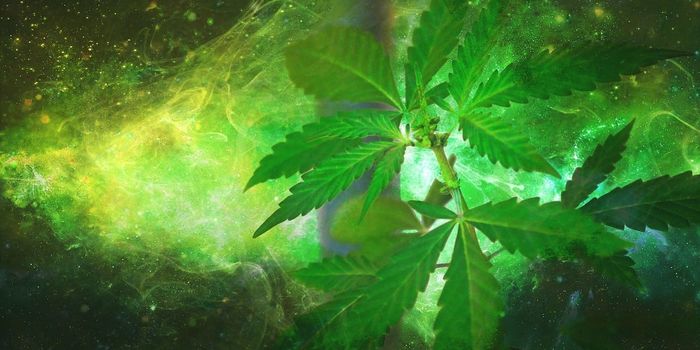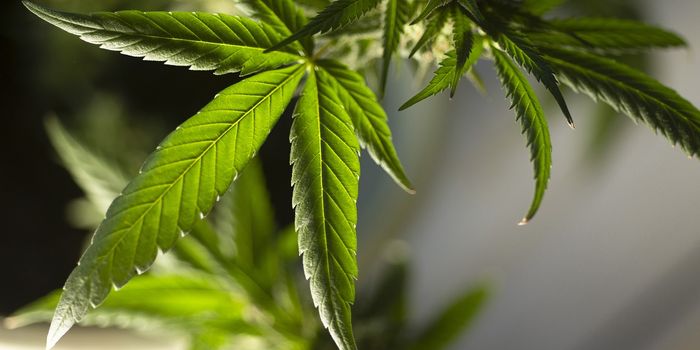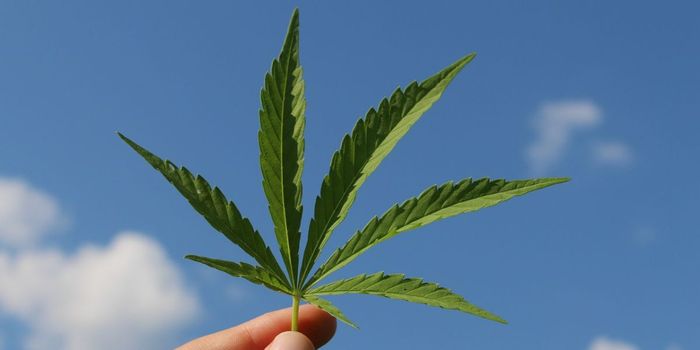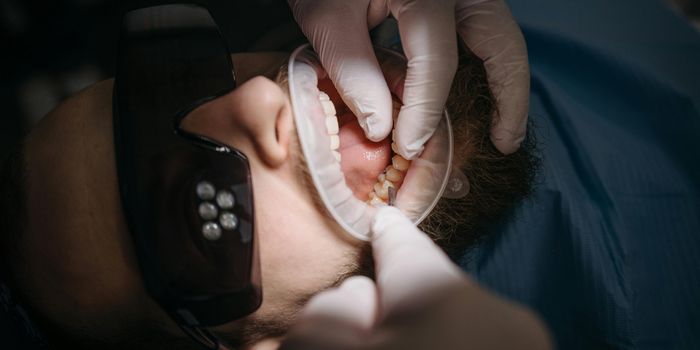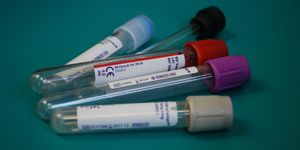Is it Better to Eat or Smoke Cannabis?
Smoking is well-known as a bad health habit. Although not necessarily as detrimental as smoking cigarettes, smoking cannabis is nevertheless known to cause respiratory inflammation, a precursor for more serious lung defects. This in mind, could eating cannabis products be better than smoking it?
As marijuana is still classified as a Schedule I drug, research looking into both its potential benefits and downfalls is limited. This makes it difficult to know how exactly smoking affects our health. That said, according to the American Lung Association, it nevertheless damages the lungs’ first line of defense against infections by killing cells that remove dust and bacteria from air intake while causing more mucus to gather. In doing so, it also suppresses the immune system, potentially leading to a higher risk of lower respiratory tract infections.
Research has also shown that marijuana users who are HIV positive may be at a heightened risk of opportunistic infections, although smoking the substance does not seem to affect numbers of white blood cells, nor accelerate the progression of the condition into AIDS. Alongside this risk, smoking marijuana has also been associated with a suite of other symptoms common among those who smoke other substances such as coughing, chronic bronchitis, and wheezing.
But what about eating cannabis? Consuming cannabis as an edible is a way to enjoy the substance’s effects without the negative byproducts of smoking. Needing to be heated in order to have its chemical compounds activated, an array of edible cannabis products are available including brownies, candies, cookies, tea, gummies and even coffee creamer.
Although perhaps a healthier way to consume cannabis, its effects may be difficult to predict- both in intensity and in time duration. For example, it can take up to 2 hours to feel the effects of ingested marijuana, and up to 3 hours for its full effects to materialize. Moreover, eating it may cause it to linger in the system for far longer than by smoking- often up to 6-8 hours. This makes dosing difficult to calculate, meaning that few guidelines are available to inform people how much to take for their desired result. Thus, to understand individual dosing, people are simply recommended to dose themselves by eating it slowly and observing effects.
Sources: Healthline, Inverse and American Lung Association



